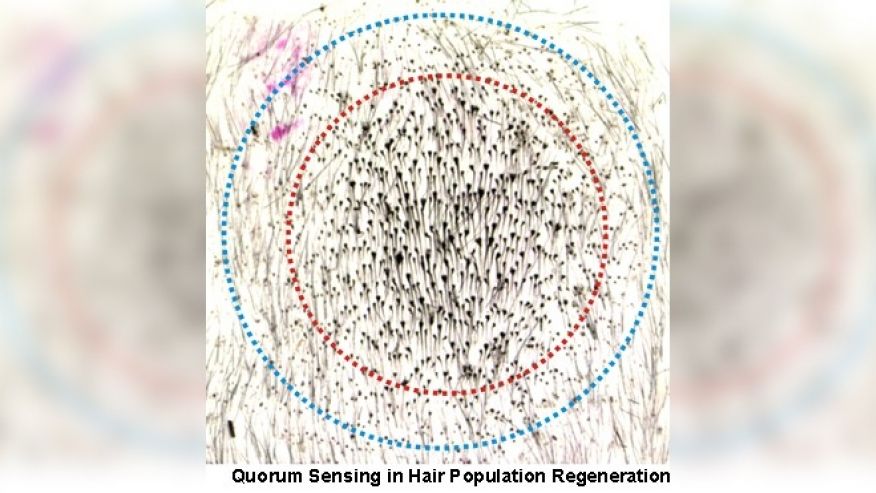
“Food and drinks should carry labels showing how long it would take to walk or run off the calories, a leading health expert suggests,” the Daily Mail reports.
In an opinion piece in the British Medical Journal, Shirley Cramer, chief executive of theRoyal Society for Public Health, argues that the current “traffic light” food labelling system is not promoting positive changes in public health.
Cramer makes the case that “activity equivalent” labelling could change people’s behaviour.
Traffic light labelling
The widely used “traffic light” food labelling system is based on concepts most of us learn very early on in our childhood: green means “good”, amber means “OK”, and red means “bad”.
Traffic light information is provided on an item’s fat content, saturated fat content, sugar content, and carbohydrate content. In short, the more green on the label, the healthier the choice.
However, a 2015 poll carried out by Populus found 41% of UK adults found current front-of-pack information confusing.
As Cramer points out, “Such information needs to be as simple as possible so that the public can easily decide what to buy and consume in the average six seconds people spend looking at food before buying.”
Activity equivalent labelling
The idea behind activity equivalent labelling is that a series of easily recognisable icons would be used to represent types of physical activities, such as brisk walking (walking fast enough to get you slightly out of breath), running, cycling, and swimming.
The icons would be combined with a number representing the number of minutes you would need to spend doing that activity to burn off the calories in the food or drink item.
Examples helpfully provided by the Daily Mail include:
- an apple (93 calories) – this would take 21 minutes of brisk walking or 13 minutes of running to burn off
- a can of Coca-Cola (139 calories) – this would take 32 minutes of brisk walking or 20 minutes of running to burn off
- a 48g Snickers bar (245 calories) – this would take 56 minutes of brisk walking or 35 minutes of running to burn off
- a 50g bowl of cornflakes served with semi-skimmed milk (263 calories) – this would take an hour of brisk walking to burn off
Cramer makes an intriguing case that such a scheme would offer the public a carrot rather than a stick: “The public is used to being told to avoid particular drinks and to cut down on specific foods. By contrast, activity labelling encourages people to start something, rather than calling for them to stop.”
Could the scheme be introduced?
Currently, legislation regarding the mandatory labelling of food and drink is decided at the European level.
Even if there was a political will and the food and drink industry was on board, it would probably take several years for such a scheme to come into place. And that is a very big if.
There is the possibility that some forward-thinking manufacturers might adopt the scheme on a voluntary basis. If the scheme proves popular with the public, it could also boost their sales and so be a possible win-win.
[Source:- NHS]


















